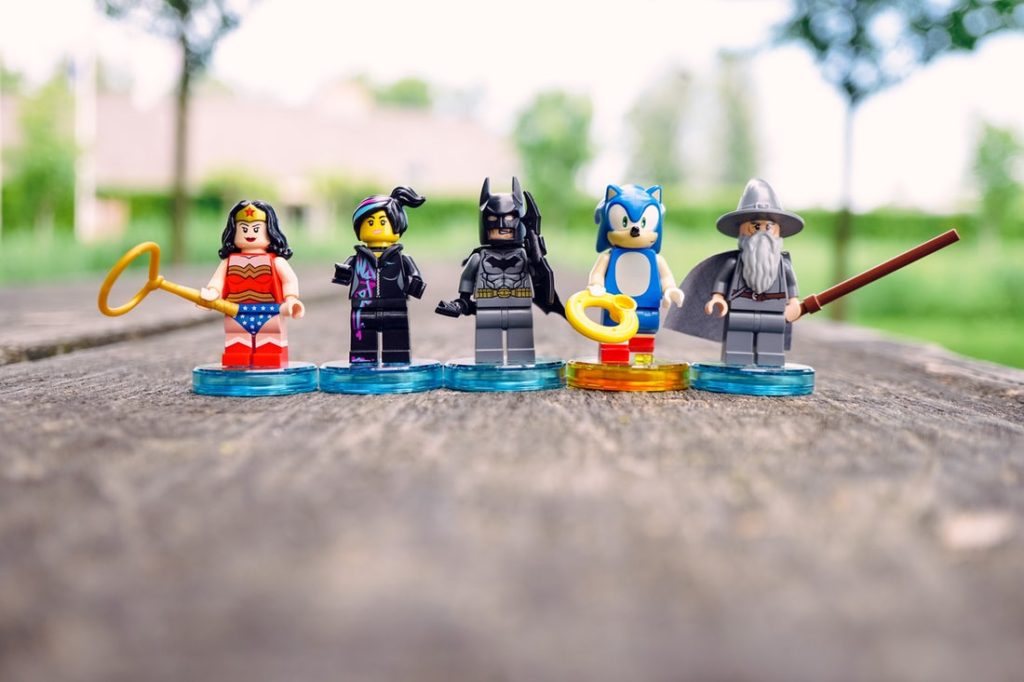The act of thinking is vital to the survival of human beings. Without thinking, we would not be able to make key decisions for us to survive. In order to represent our thoughts and feelings, some times we need to represent it using a tool, which is very much similar to using a pen to write out our thoughts. In this aspect, LEGO bricks are very much similar to a pen when it comes to thinking. So what exactly do we mean when we refer to LEGO as a “tool for thinking”?
In the book, LEGO Studies: Examining the Building Block of a Transmedial Phenomenon, David Gauntlett wrote that as a tool for thinking, LEGO Bricks “support the representation of ideas, and the organization of thinking”. As with other tools, LEGO bricks had evolved over time to “be able to communicate and store ideas”. Clearly, this is demonstrated in the way in which the use of LEGO bricks is able to put thoughts into ‘external storage’ i.e. put into a model form, in the case of LEGO. When a complex scenario is represented using LEGO blocks, they can be “shared, developed and worked on” (Gauntlett, 2015).

With the LEGO SERIOUS PLAY method, it is possible to “represent all kinds of experiences and feelings, and responses to things” (Gauntlett, 2015). David concludes that “LEGO is not ‘just a toy’, the LEGO system describes a complex web of products, resources, people and knowledge, which interact in powerful ways.” In my coming post, I will share the ways in which this interaction within the LEGO system can contribute to a better outcome for humanity.
References
Gauntlett, David (2015), ‘The LEGO System as a tool for thinking, creativity, and changing the world’, in Making Media Studies: The Creativity Turn in Media and Communications Studies, New York: Peter Lang. Available at:
http://davidgauntlett.com/complete-list-of-publications/
